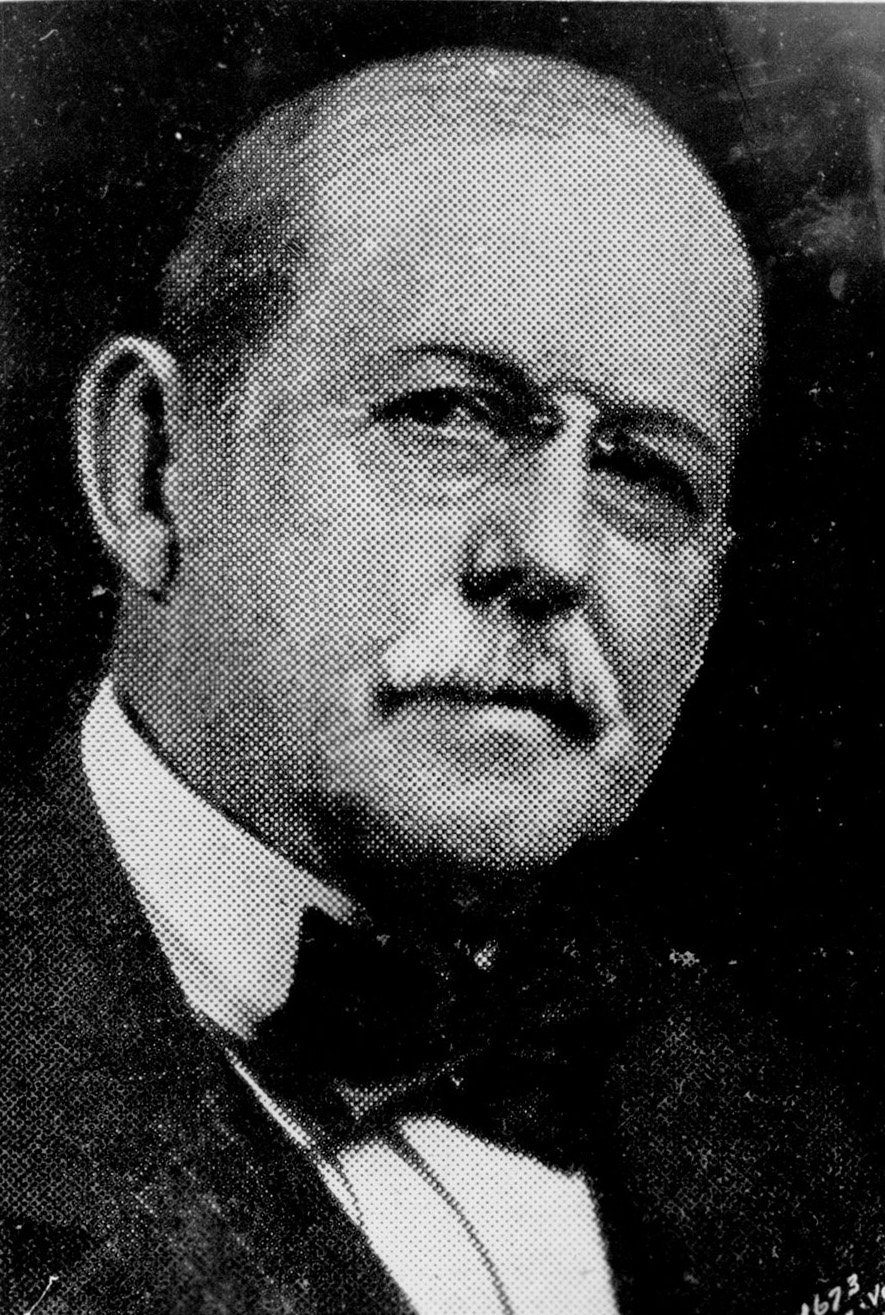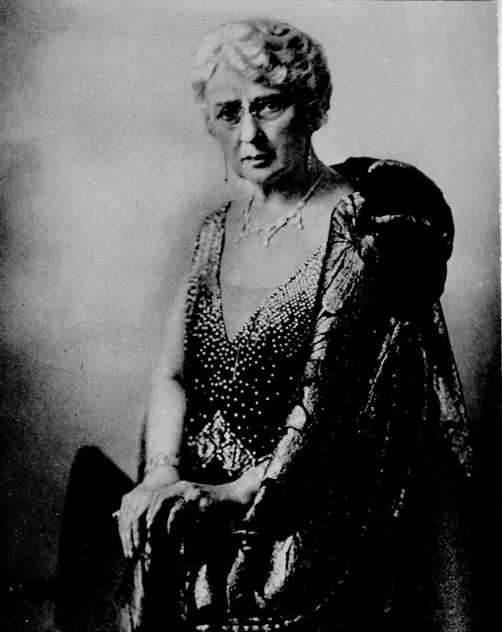Jacob L. and Ella C. Loose
Self-made millionaire Jacob Loose did it the hard way. Leaving school in Illinois at 16, he took a job earning $5 a week. Four years later, he and a brother opened a store in Chetopa, Kansas.
In 1878 he married Ella Clark of Carthage, Missouri, and they moved to Kansas City in 1882, where he entered the cracker business. Eventually he founded Loose-Wiles Biscuit Company, gigantic producer of cookies and famous Sunshine Crackers.
Loose, a generous benefactor, started the Children's Mercy Hospital's endowment fund with $25,000 in 1913. After a serious illness, he semi-retired in 1919 and died at their summer home in Massachusetts in 1923. His will created the Million Dollar Charity Fund Association.


Mrs. Loose supported many causes but, having lost two children as infants, enjoyed providing for children's needs. Among other donations, for over 30 years she bought shoes for youngsters at her favorite orphanage. A compassionate woman with a sense of humor, she once assembled the 90 orphans, saying she would give a present to each—a sound spanking! With calm restored, she handed every child $1, a generous amount then, telling them to spend it on "foolishness."
At age 60, “Kansas City's No. 1 society dowager” activated an actual plan to conquer Washington, D.C. society. For years she was a popular party hostess and donor there. When she died in Kansas City, most of her estate went to the Million Dollar Charity Fund. Coupled with several other trusts, it helped launch today's Greater Kansas City Community Foundation and Affiliated Trusts. Loose gifts still benefit Kansas City.
Their most visible legacy, however, is Loose Park at 52nd and Wornall Road, once the Kansas City Country Club. Mrs. Loose bought the land for $500,000 and gave it to the city in 1927 as a memorial to her husband. His statue stands near the Wornall Road driveway of the park that she intended as "a restful place…particularly for children.”
This work is licensed under a Creative Commons Attribution-NonCommercial-NoDerivatives 4.0 International License.
